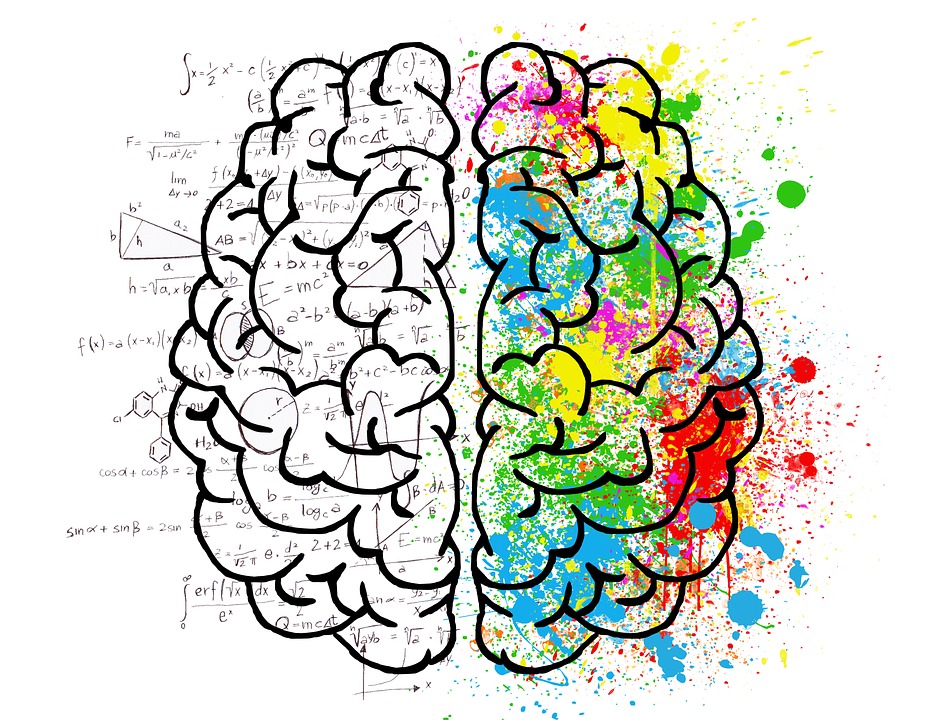Learn about brain health and nootropics to boost brain function
It is possible to enhance positive memories or suppress negative ones: Study


Washington D.C. [USA], May 27 (ANI): New research suggests that memories are pliable if you know which regions of the brain to stimulate.
According to a study, these findings could someday enable personalised treatment for people with post-traumatic stress disorder (PTSD), depression, and anxiety.
Researchers believe that a small structure in the brain could hold the keys to future therapeutic techniques for treating mental health disorders and someday allow clinicians to enhance positive memories or suppress negative ones.
Inside our brains, a cashew-shaped structure called the hippocampus stores the sensory and emotional information that makes up memories, whether they be positive or negative ones.
No two memories are exactly alike, and likewise, each memory we have is stored inside a unique combination of brain cells that contain all the environmental and emotional information associated with that memory.
The hippocampus itself, although small, comprises many different subregions all working in tandem to recall the elements of a specific memory.
"Many psychiatric disorders, especially PTSD, are based on the idea that after there's a really traumatic experience, the person isn't able to move on because they recall their fear over and over again," says Briana Chen, first author of the paper.
In their study, researchers show how traumatic memories--such as those at the root of disorders like PTSD--can become so emotionally loaded.
By artificially activating memory cells in the bottom part of the brain's hippocampus, negative memories can become even more debilitating.
In contrast, stimulating memory cells in the top part of the hippocampus can strip bad memories of their emotional oomph, making them less traumatic to remember.
The findings were published in the Journal of Current Biology.
Using a technique called optogenetics, Chen and Ramirez mapped out which cells in the hippocampus were being activated when male mice made new memories of positive, neutral, and negative experiences.
A positive experience, for example, could be exposed to a female mouse. In contrast, a negative experience could be receiving a startling but mild electrical zap to the feet.
Then, identifying which cells were part of the memory-making process (which they did with the help of a glowing green protein designed to literally light up when cells are activated), they were able to artificially trigger those specific memories again later, using laser light to activate the memory cells.
Their studies reveal just how different the roles of the top and bottom parts of the hippocampus are. Activating the top of the hippocampus seems to function like effective exposure therapy, deadening the trauma of reliving bad memories.
But activating the bottom part of the hippocampus can impart lasting fear and anxiety-related behavioral changes, hinting that this part of the brain could be overactive when memories become so emotionally charged that they are debilitating.
Steve Ramirez, a Boston University neuroscientist, explains that the findings suggest suppressing overactivity in the bottom part of the hippocampus could potentially be used to treat PTSD and anxiety disorders.
"It could also be the key to enhancing cognitive skills, "like Limitless," he says, referencing the 2011 film starring Bradley Cooper in which the main character takes special pills that drastically improve his memory and brain function. (ANI)
Click here to view full article